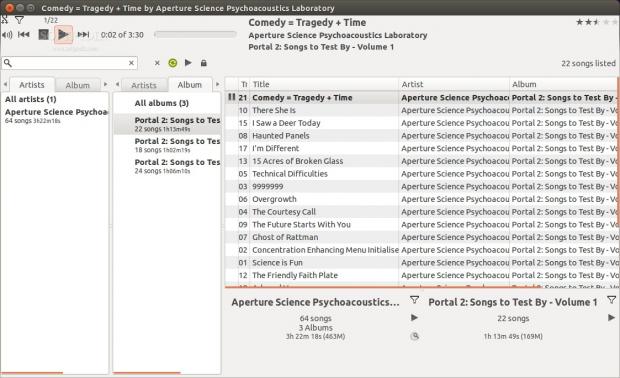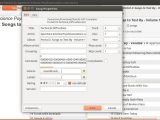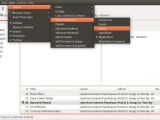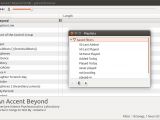gmusicbrowser is described as an open source jukebox for large collections of songs, but it's a little more than that and quite a powerful application.
gmusicbrowser belongs to a category of applications that are slowly going away. Less and less users continue to keep a large number of songs on the hard drive. There was a time when having a big music collection was the only thing that mattered, but that’s not the case anymore.
We can only imagine what hassle must have been to keep track of every song or to find anything relevant in the collection. This is where applications like gmusicbrowser took over and provided some very important tagging features.
gmusicbrowser is written in Perl and it's been around for a long time. This means that the developer had time to add a lot of features and that the application is quite stable.
Installation
The developer provides the application in a large number of formats, including source and deb. It's present in the official Fedora repositories and in the official repositories for openSUSE. The Arch Linux and Gentoo users will find further instructions on the official website.
We tested the application in Ubuntu 14.04 LTS and it worked without any problems. You can also install the deb file by double clicking it or by running the following command in a terminal near you:
sudo dpkg -i gmusicbrowser_1.1.12_all.deb
If the installation fails because of missing dependencies, you can run this command to finish it:
sudo apt-get install -f
If you choose to install it from the source, you have to know that it has a lot of dependencies. If you compile it in Ubuntu, there is a way around this issue. Just enter this command in the terminal, before you start the compilation:
sudo apt-get build-dep gmusicbrowser
This command should install everything you need.
Usage
The interface is pretty straightforward and looks a lot like modern music player applications such as Banshee or Rhythmbox, and it can even imitate their style. For the most part, you can even use it as such and I'm sure that many users do, but it's built to handle music libraries with over 10,000 songs and comes with a lot of features for this particular function.
This can be easily observed in the main interface by looking at the right click options: song properties, edit labels, edit rating, find songs with the same name, re-add tags, open folder, and so on.
Most of the things you can do are tailored for the local library, but the application also downloads a lot of metadata stuff from online sources.
gmusicbrowser might seem like a simple app, but you can't judge it by the way it looks when you open it for the first time. If you click on the small wheel in the right corner, you will find that the software holds a lot more options.
The Library tab features a number of automation functions that will instruct the app on what to do when you add new songs, for example. You can also add certain folders that can be watched by it, so you don't have to import music manually.
The Audio tab is a little more technical and deals with the features for gstreamer, which this software uses to play the music. You can set the equalizer, ReplayGain, or a number of other features.
The Layout tab deals with the interface of the application and, by default, it ships with a lot of themes and various layouts. Some of them even completely change the way gmusicbrowser looks.
The Miscellaneous tab is just that, something that holds all the options that didn't fit anywhere else, like proxy connections, the way the names of artists are displayed, the date format, and even a custom shutdown command.
The Fields tab is a little simpler and just holds the default fields that can be displayed inside the app.
On the other hand, the next tab, called Plugin, is a lot more generous. You will notice that most of the plugins are unchecked. The plugin covers a lot of functions like autosave, Karaoke, last.fm, notify, and so on.
The last two tabs are also pretty simple, Key and Tags, but the latter comes with a warning to not mess with it unless you know what you are doing. It's possible that, by changing something very simple with the way Tags are allocated, you can throw your entire music library into chaos.
 14 DAY TRIAL //
14 DAY TRIAL // 







